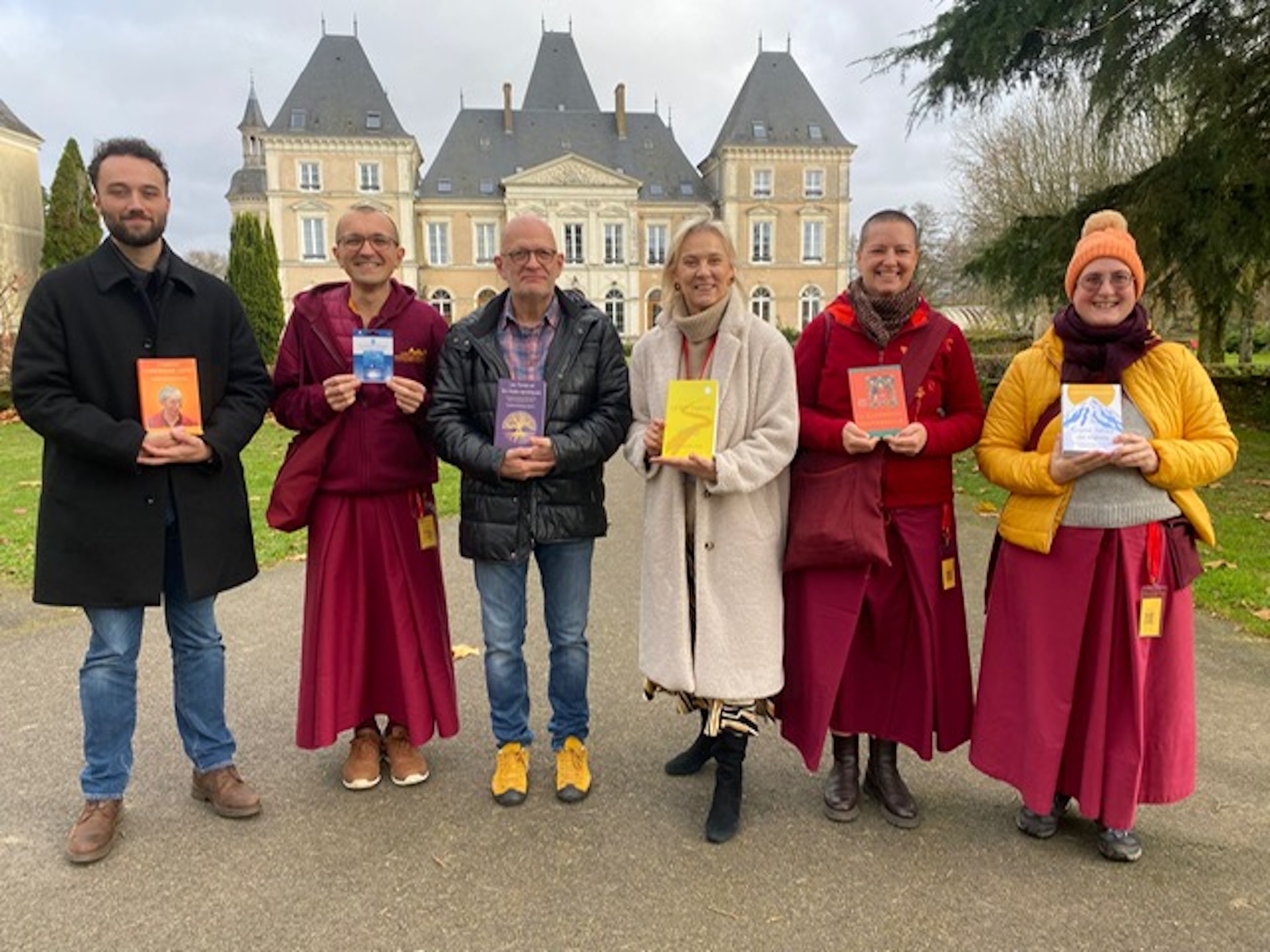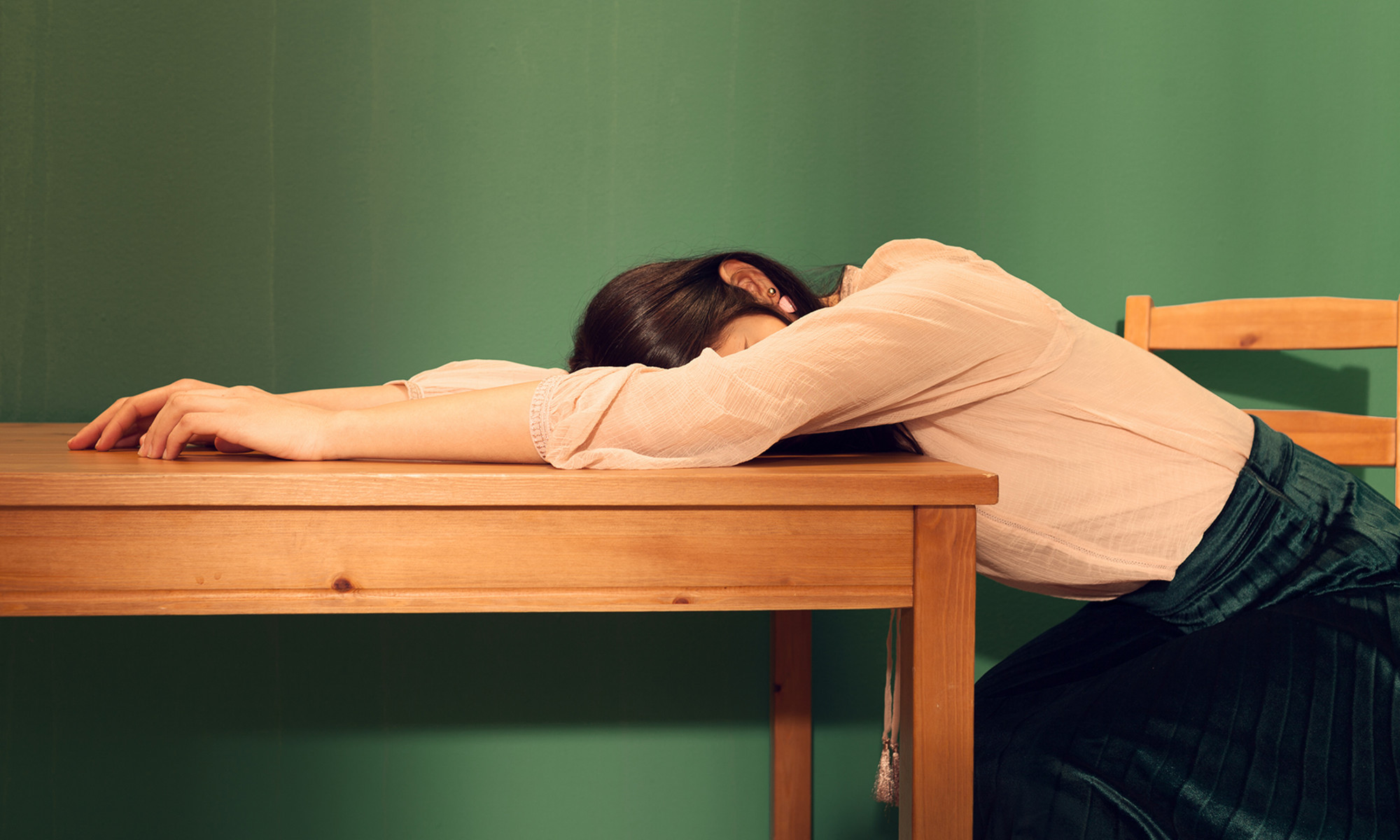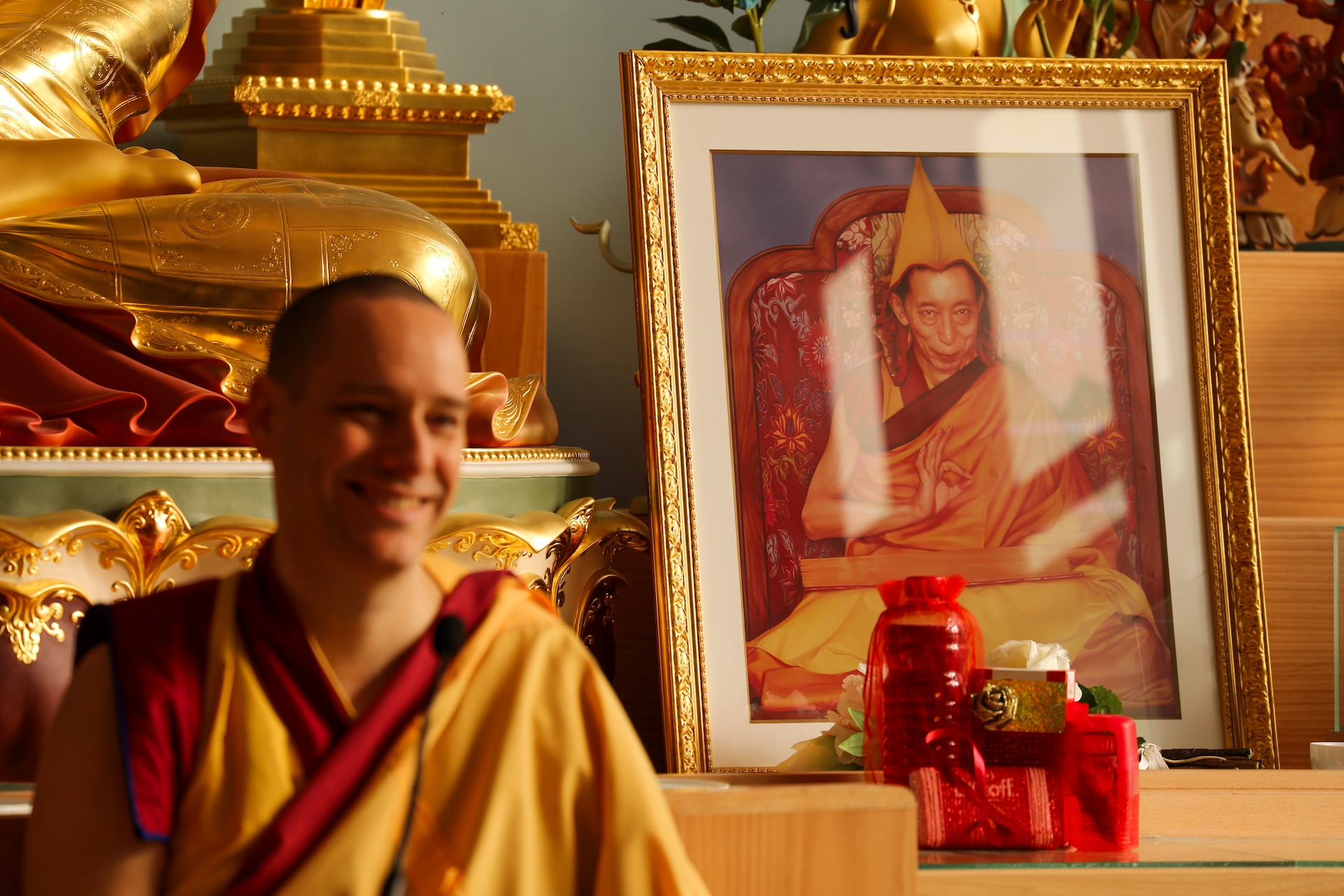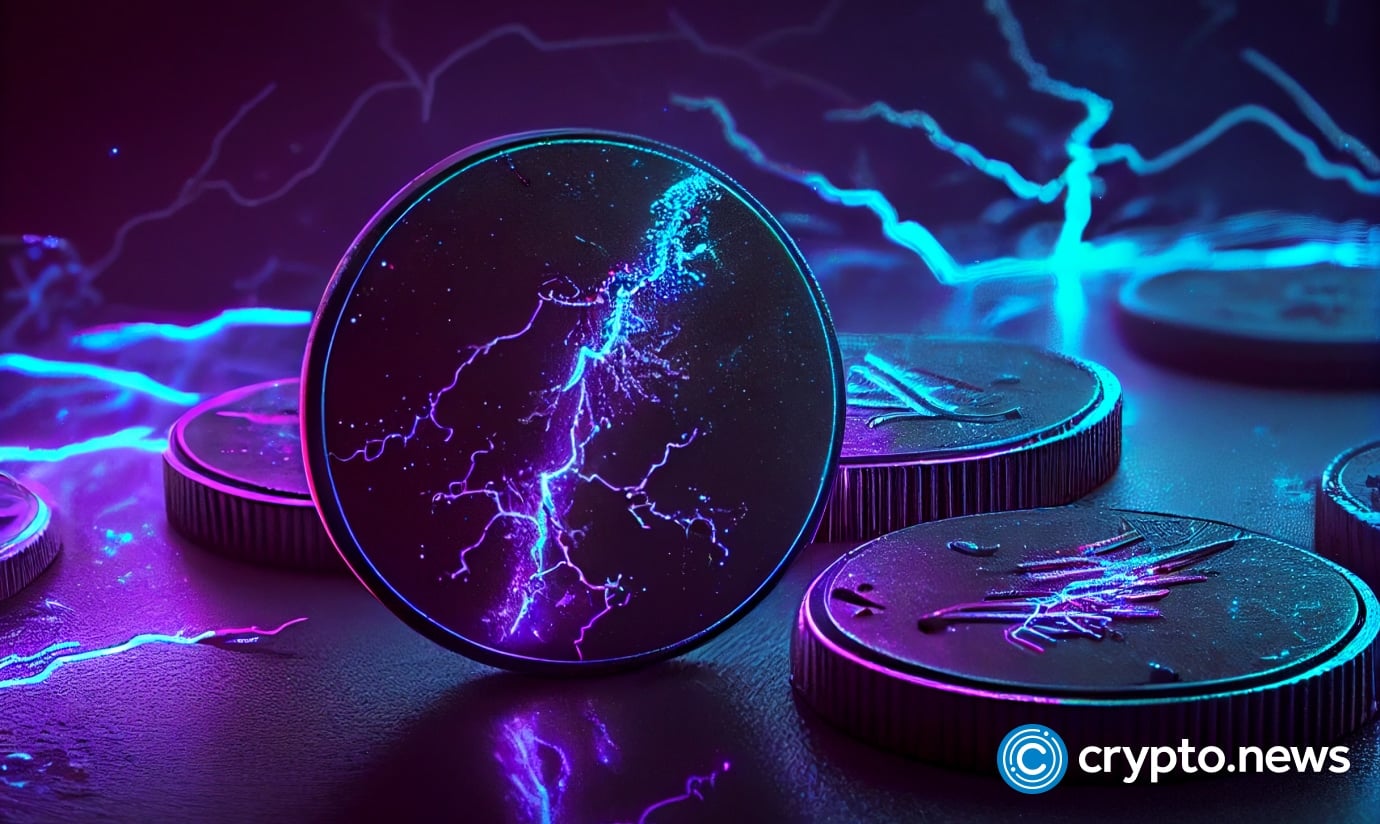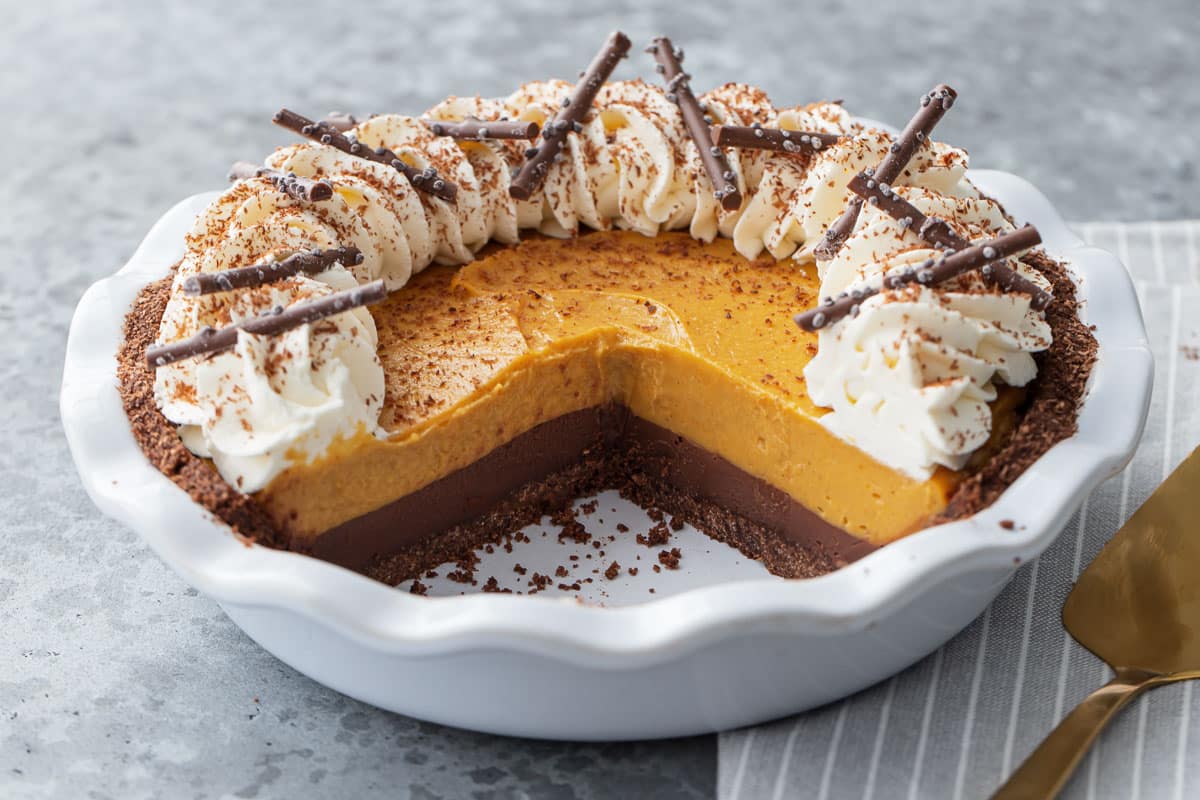Video: How to Bless Buddhist Dharma Objects with Purity Essence Mantra. Why purifying is important
Why is it important to purify and bless sacred Dharma objects we use in Buddhist practice? How do we purify and bless, if we are not able to ask our teacher for the blessing? What is the essence mantra...

 How to bless dharma objects and why its important: video thumbnail.
How to bless dharma objects and why its important: video thumbnail.
Why is it important to purify and bless sacred Dharma objects we use in Buddhist practice? How do we purify and bless, if we are not able to ask our teacher for the blessing? What is the essence mantra and why is it considered the ultimate blessing in some traditions? Why can all Buddhist practice ultimately be considered purification? We answer these questions, and cover the various ways you can purify and bless your Dharma objects for practice.
Video:
CONTENTS
00:00-01:18 Why, How and What: Purification
01:18-02:33 What are Dharma Objects and Practice Supports?
02:33-03:29 Purity Essence or Emptiness Mantra
03:29-04:37 What is a Mala?
04:37-08:29 Guidelines for Dharma Objects
08:29-10:31 How to Self-Purify Objects
10:31-13:51 The Formula of Essence Mantra
13:51-14:51 Other Purications
14:51-16:11 Blessing Offerings and Mandalas
16:11-17:03 Mantra and Dedication
PRACTICE NOTE: No empowerment is required.
In Buddhism, our practice supports are usually related to our meditation aids, such as the mala. A Mala is the practice support for mantra recitation and accumulation, an important merit practice in Vajrayana Buddhism.
In fact, our mala is the one Buddhist symbol that is unique, profound, and complete. In Buddhist practice, the mala represents our practice. It represents the Enlightened Deity. It represents the Guru. It represents Buddha, Dharma and Sangha. It represents you. It represents me. It represents all beings.
This is expressed in the mantra that is often simply called the “mala mantra” but is more properly called the Essence mantra. It’s the mantra we use to bless other objects, including our mala, which is the main topic of this presentation, inspired by a subscriber question.
Although we don’t have to have any physical object to practice Buddhism, they are Dharma aids, to help us visualize, concentrate, meditate, and show devotion. And, the mala in particular is the one object that represents all of them.
The beads of the mala represent Dharma speech. The string of the mala represents the body of the Buddha. The single larger bead represents the Mind of the Buddha, and also the Guru. When we do a mandala offering, the mala represents the entire universe, which we symbolize by coiling the mala around our hands. This is because of the Essence of Shunyata, or Oneness. In non-Buddhist terms, we can call this “Star Stuff.”
We’ll come back to what this means, in a moment.
For now, the important thing to recognize is that Dharma objects contain the essence of Buddha, Dharma and Sangha, and also the essence of every other thing. We bless them with the mantra that expresses this very idea.
To use any of these objects in practice, they should be purified and blessed, ideally by your spiritual guide or teacher. If you don’t see your teacher too often, you can certainly bless and purify them yourself. They should always be blessed and purified, and once they are, you must treat them as sacred objects.
Since the essence of the mantra is “pure by nature” no empowerment is needed to chant this mantra and the result is immediate.
In more elaborate practice, we might also first chant the Vajrasattva purification mantra, sometimes called the 100-syllable mantra. Some teachers recommend purifying with Om Ah Hum, which are the seed syllables of the Enlightened Body, Speech and Mind. Some practices and Sadhanas will incorporate all three.
Even if you are not practicing with a mala or formally blessing an object, this mantra is used in daily practice to bless your offerings, whether you present physical or mentally visualized offerings. Most Sadhanas incorporate the Essence Mantra.
Traditionally, for example, we might offer a Mandala to the merit field of Buddha Dharma and Sangha at the beginning of each practice. We can use our mala for this offering, by coiling it in our two hands, chanting the Essence mantra, and then the Mandala offering. We visualize our coiled mantra as the offering mandala. This is one reason why most Buddhist prefer to work with beautiful or attractive malas, since we often make mandala offerings using our mala as a substitute of the world mandala.
How can a small mala in your hand symbolize the entire Universe presented as a mandala? Simply because, as the essence mantra teaches, the nature of all phenomenon — both the tiny mala and the vast universe — are in essence one. As the saying goes, they’re all “star stuff.”
By using the mantra we purify the essence and mentally transform the mala.
oṃ svabhāva śuddhāḥ sarvadharmāḥ svabhāva śuddho ‘haṃ
We dedicate the merit of this presentation to the cause for Enlightenment for the benefit of all sentient beings.

 JaneWalter
JaneWalter 







